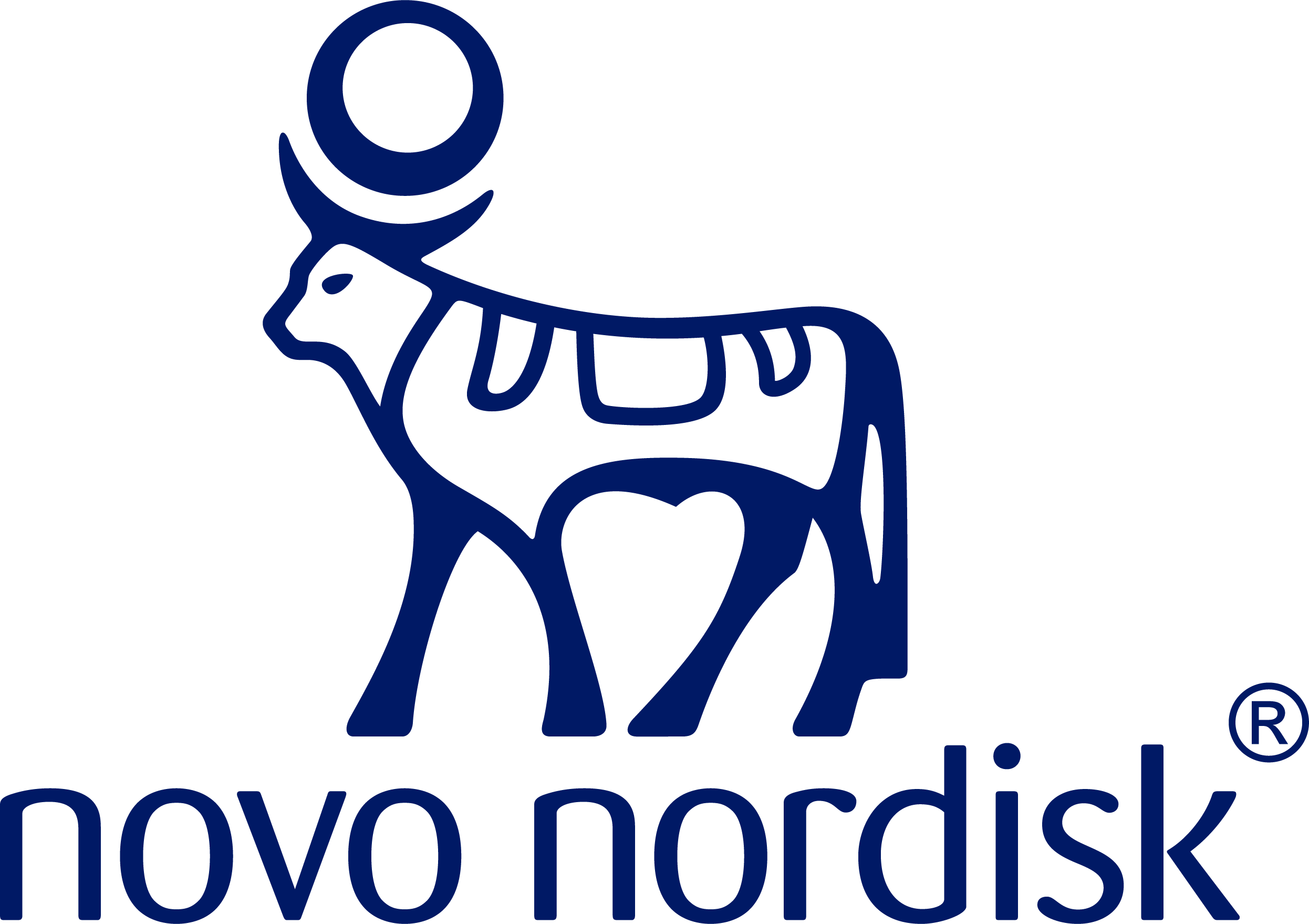Evaluating treatment options
Different patients call for different treatment approaches—knowing all the available options can help you ensure your patients are getting the care they need.1,2
There are many choices along the weight-loss journey
Having lost more than 200 lb, Reneé shares key moments from her journey and discusses the array of options people have available to them.
Reneé’s story is her own, but it’s not unusual. Learn about her journey to understanding obesity as a disease and the array of available weight-management options.
Successfully managing obesity with adult patients requires a comprehensive long-term plan to help break the cycle of weight loss and regain1,2
It’s important to understand when you should be leveraging different treatment options for your patients based on their BMI.2

Healthy eating, physical activity, and behavioral therapy should be continued throughout the treatment of obesity.3
Understanding pharmacological options
There are 2 main types of pharmacological treatments:
Short-term treatments
- These medications are FDA-approved prescription treatments that are usually taken for up to 12 weeks4
Long-term treatments
- These medications are FDA approved for chronic management of obesity to help patients maintain a healthier weight as an adjunct to diet and exercise2
- Pharmacological management in conjunction with lifestyle changes may help patients achieve a healthier weight2
Pharmacotherapies work via at least 1 of 3 broad physiological methods2,5
Decreased macronutrient absorption
Some pharmacotherapies decrease the ability of the gastrointestinal system to absorb energy from digested food2
Reduced appetite
Most pharmacotherapies decrease food consumption behaviors, effectively decreasing energy intake2,5
Increased satiety
Some pharmacotherapies increase the satiety experienced after consuming food, which can reduce food intake2,5
BMI, body mass index.

INITIATING A PLAN
Understand the role of pharmacotherapy

OBESITY TREATMENT MODULES
Learn about managing obesity
References:
1. Bray GA, Kim KK, Wilding JPH; World Obesity Federation. Obesity: a chronic relapsing progressive disease process. A position statement of the World Obesity Federation. Obes Rev. 2017;18(7):715-723.
2. Garvey WT, Mechanick JI, Brett EM, et al; Reviewers of the AACE/ACE Obesity Clinical Practice Guidelines. American Association of Clinical Endocrinologists and American College of Endocrinology comprehensive clinical practice guidelines for medical care of patients with obesity. Endocr Pract. 2016;22(suppl 3):1-203.
3. Jensen MD, Ryan DH, Apovian CM, et al. 2013 AHA/ACC/TOS guideline for the management of overweight and obesity in adults: a report of the American College of Cardiology/American Heart Association Task Force on Practice Guidelines and The Obesity Society. Circulation. 2014;129(25 suppl 2):S102-S138.
4. Pilitsi E, Farr OM, Polyzos SA, et al. Pharmacotherapy of obesity: available medications and drugs under investigation. Metabolism. 2019;92:170-192.
5. Burguera B, Fitch A, Owens GM, Patel D, San Martin VT. Management of obesity: considerations in managed care medicine. J Manag Care Med. 2018:1-24.


